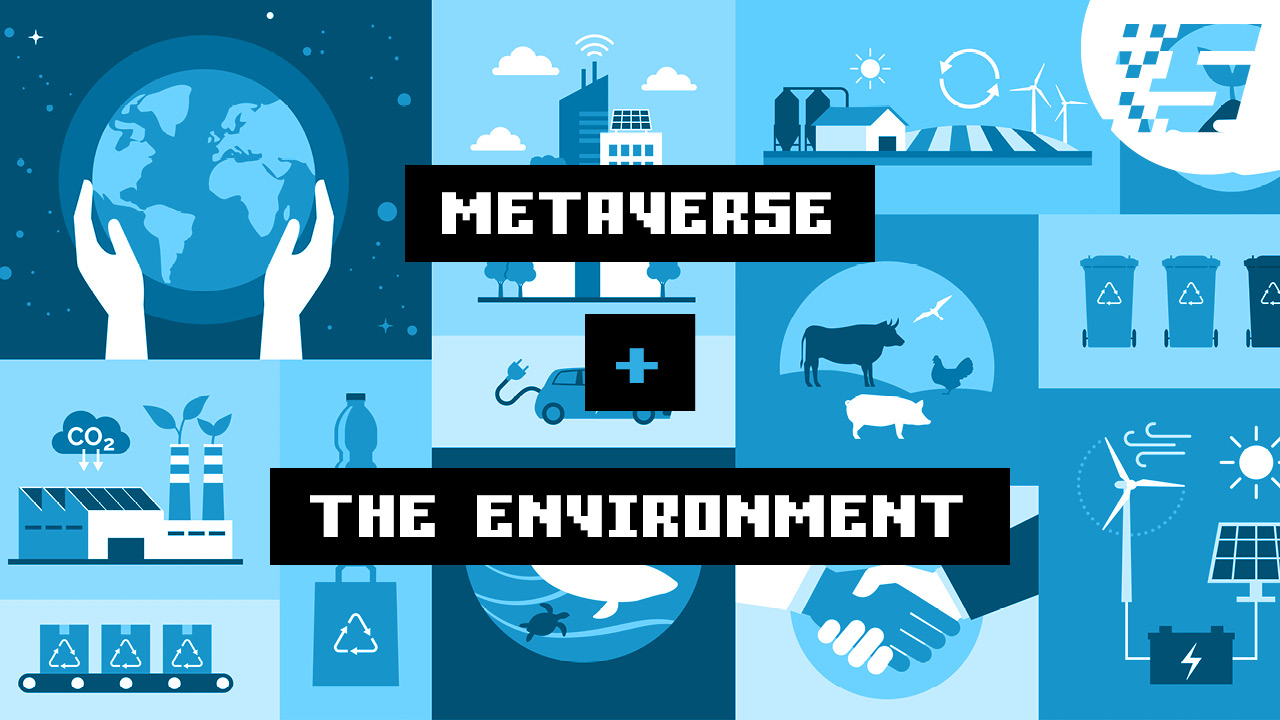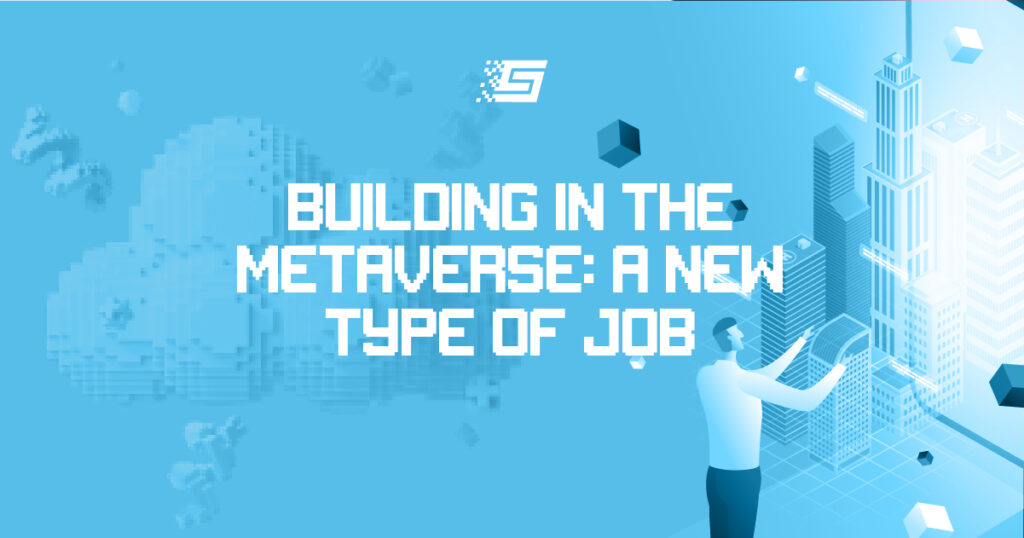
What Effects will the Metaverse Have on Climate Change?
Climate change is a planet-wide problem that everyone wants to see eradicated. Since the 19th century, industrialization has caused so much trouble for the earth and its living things. It is estimated that ocean temperature increases by 0.28 degrees per decade.
Meanwhile, this problem continues to worsen despite advancements in technology. One would think that the highly-advanced engines of the 21st century will limit the greenhouse effect. Yet, it seems the other way around as climate activists claim the numbers are still on the rise.
So, it is essential that upcoming technologies not add to climate change but solve it. The metaverse is one such technology that is still under fast-paced development. It is then essential to consider whether the metaverse will contribute to or reduce climate change.
This article discusses the positive and negative effects of the metaverse on climate change. Also, what are possible solutions to those negative impacts?
Positive impact of metaverse to climate change
We mostly find strategic tourist attractions (natural or artificial) in cities and urban locations. Thus, people need to travel before seeing or experiencing these places. Business travels are also inexcusable in some cases.
Road and air journeys for those purposes significantly contribute to fuel consumption and climate depletion. In 2020, the transport industry was responsible for 27% of the total carbon emissions. With the metaverse, traveling for just a tour or a business meeting might soon become unnecessary.
Of course, the metaverse cannot stop people from traveling (even for tours). However, it can reduce the number of persons that must travel physically and limit its effects on climate change. Most people will gladly accept the cheaper option of attending a business meeting or event from their homes.
Moreover, the advent of immersive virtual workspaces can reduce the number of persons required to show up at a physical office daily. Organizations can play their parts in helping climate change by moving jobs that workers can complete off-site to the metaverse. As a result, the volume of traffic and fossil fuel emissions in some heavily-populated cities will reduce significantly.
Adverse Effects of the metaverse on climate change
Metaverse Hardware
Almost every stage of the life-cycle of metaverse hardware is potentially harmful to the environment. To begin, producing the hardware threatens the climate as industrial processes are the second-largest source of CO2 emissions.
While some factories that produce these devices may have a better way to emit waste, they still consume a lot of electricity or fossil fuel to run engines. In addition, when billions of people begin to demand VR or AR devices, increased production will cause increased damage to the environment.
But production is only the starting point. Everyone using metaverse hardware is a contributor to climate change. Did you know that your phone contributes a great deal to carbon emissions? Smartphone usage produced about 580 million tons of carbon dioxide in 2020.
Remember, most smartphone users today still watch videos in 720p and 1080p resolutions. Metaverse graphics will require much higher image resolutions – in 3D.
For users, this means we will experience virtual environments as we do in the real world. At the same time, data centers that will store and process those graphics will consume massive volumes of energy.
Datacenters
According to Raja Koduri, a Senior Vice President of Intel, the metaverse will require 1,000 times more energy than communication devices use today.
Raja said, “Considering the amount of energy required for millions of users to meet in a persistent virtual environment – rendered in real-time with super high data transfer bandwidths – you will realize that our computing storage is currently incapable of enabling this vision.”
Since the metaverse is to 1,000 times more electricity and fossil fuel, will its carbon emission increase at such a rate? Companies that will run metaverse servers must be ready to tackle climate change.
After emitting so much energy to compute data, data centers will also need to cool the supercomputers that process trillions of data. While this might sound unimportant, it burns a lot of fuel. This fact gives environmental experts more significant concerns regarding the CO2 emissions the metaverse might produce.
Artificial Intelligence
AI is necessary for the metaverse to quickly create experiences, avatars, and other features. Despite its versatile use, AI is expensive to create. Consider StyleGAN3, an AI made by Nvidia.
According to the company’s report, training this AI consumed some 225 megawatts of electricity, enough to power thousands of homes in the U.S. Similarly, other AI models are always expensive to train and use.
Companies must come up with greener energy sources for the metaverse to use AI efficiently. Also, alternate electricity sources will help prevent unprecedented environmental damage when AI becomes widespread in the metaverse.
Ensuring the Metaverse does not complicate climate change
This article has established that the metaverse can cause a severe increase in climate change. As a result, the best way to avoid such damage is to regulate the production of metaverse technologies.
Providing strict laws will help secure the environment for generations. Since we can only escape into virtual worlds with our sensory organs, our bodies will always need a favorable climate.
Additionally, hardware producers could develop climate-friendly solutions to problems like high electricity consumption. They may also use green energy to cool their systems and data centers.
Concluding Thoughts
Climate change and environmental degradation are not going away anytime soon. However, there have been countless proposals on how to mitigate these issues.
At the same time, universities worldwide are doing tireless research regarding maintaining a livable environment and a friendly climate. It is left for metaverse companies to build hardware devices that won’t add to these problems but help to reduce them.


